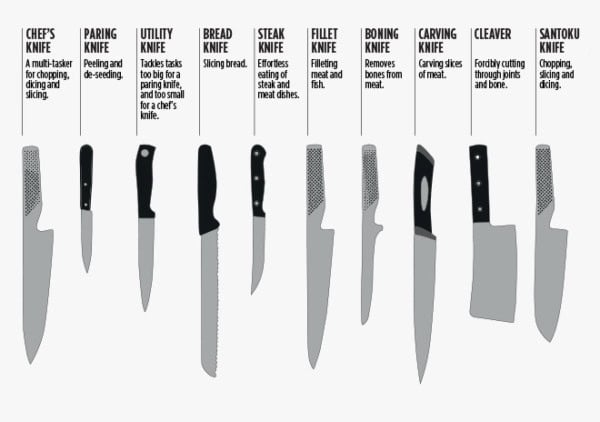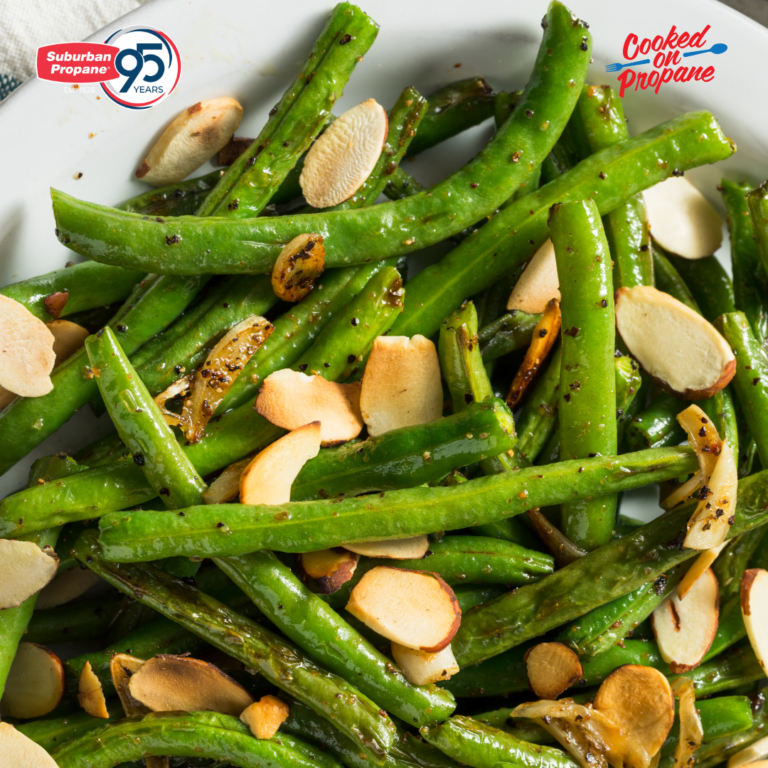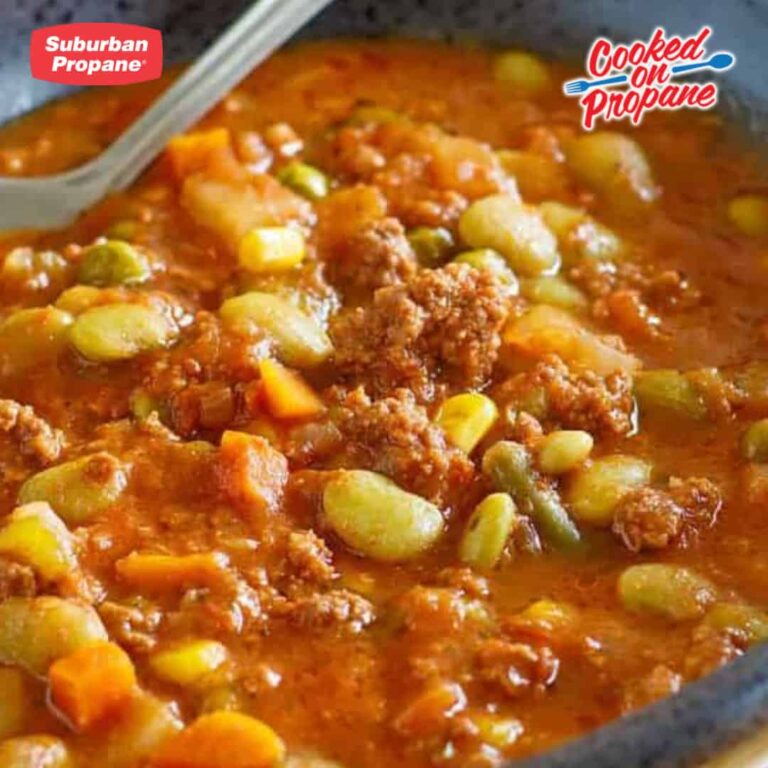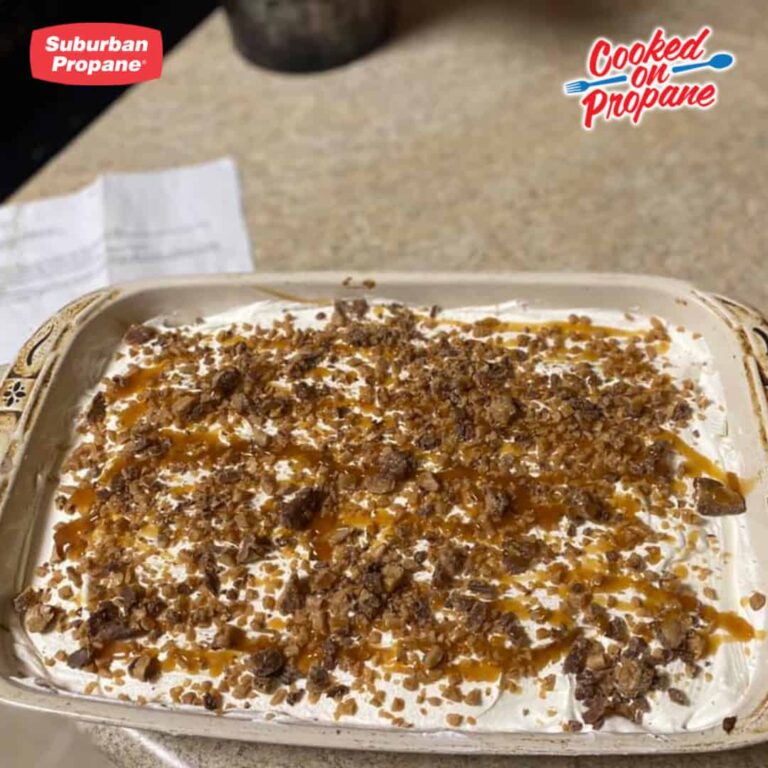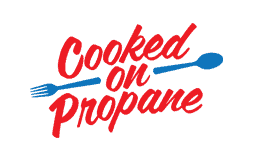The Secret Ingredient in Cooking: Knives
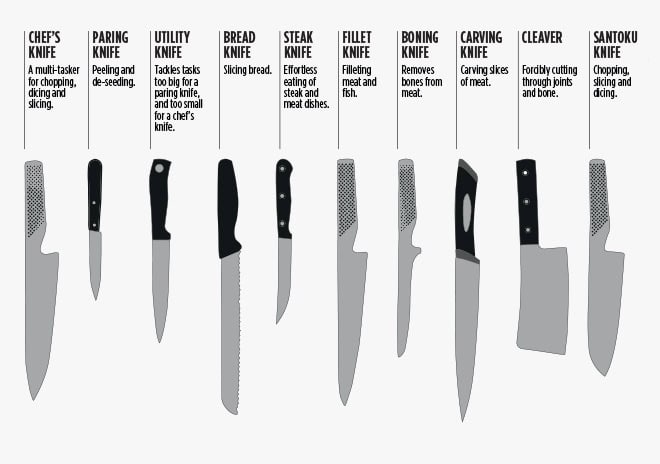
When it comes to cooking, we all know the cut/type and freshness of food is key in turning out a tasty meal. Many other factors come into play in preparing a mouth-watering meal such as kitchen appliances, pots and pans, and knives.
Chefs will tell you knives are one of the most important tools in their kitchen. Trained chefs can spend hundreds, or even thousands of dollars on one knife, which is why they practice good knife care.
What is good knife care? It begins with selecting the right knife for the job. You wouldn’t use a bread knife to cut through something as delicate as a tomato or a small paring knife to cut through a thick cut of meat. Every knife has a job:
Knife Cleaning. When you are done using the knife, rinse it in warm soapy water with a soft sponge. Never put your knife in the dishwasher. A dishwasher is too harsh and most dish soap contributes to rust and corrosion.
Sharpening is key. Sharp knives are safer than dull knives. You should take your knives to be professionally sharpened at least once a year. More if you use them often and they start to appear dull. In between professional sharpenings, you can sharpen knives at home. Tip: if your knife can easily cut through a sheet of paper, it doesn’t need to be sharpened.
A few popular methods are:
- Whetstone or Diamond Stone. This involves knowing the angle at which the knife should be sharpened. The process can be a little daunting if you’ve never done it before.
- Honing Rod or Steel. Most effective at keeping blades sharp in between uses versus trying to resharpen a dull knife. This method is more familiar than the whetstone.
- Pull Through Sharpeners. Easiest to use, however, the sharpness doesn’t last as long.
- Electric Sharpeners. Fast and easy. Wears the knife down faster.
If you’re interested in trying any of these methods, searching for how-to videos is a good place to start. Watch the steps and process involved and then decide which method you are most comfortable with.
Storage is also important. Don’t throw your knives lose in a drawer unless they are blade guards. You don’t want other knives or items in the drawer causing nicks and dings which could result in injury when using the knife. Instead, use a magnetic knife strip, leather knife roll, or knife drawer block. Bonus: neither of these items takes up counter space.
Final advice: Avoid glass cutting boards if you want your knives to last. Glass cutting boards can chip or break your knives and are too hard for the blade. Instead, use wood, bamboo, or plastic cutting boards.
A properly cared-for knife is a chef’s best friend, so treat yours kindly.
Share this story, choose your platform:
Related Posts
Peace of mind
with dependable
fuel supply, when
you need it

COMMUNITY
700+
Locations providing exceptional service to local communities across 42 states
EXPERIENCE
95+
Years serving our customers and their communities. Customer satisfaction since 1928
CUSTOMER SERVICE
3,300+
Dedicated employees ready to assist you with quality service for all your fuel needs
RELIABILITY
24/7/365
We are here for you with customer service representatives standing by to take your call
Please call us 24/7/365 at 1-800-PROPANE
